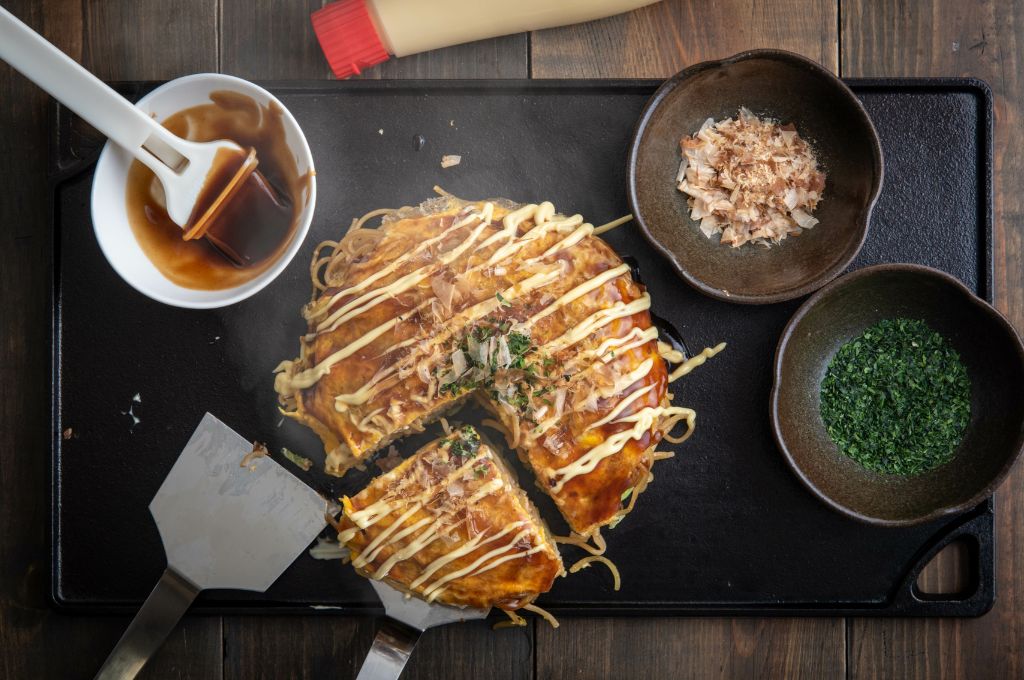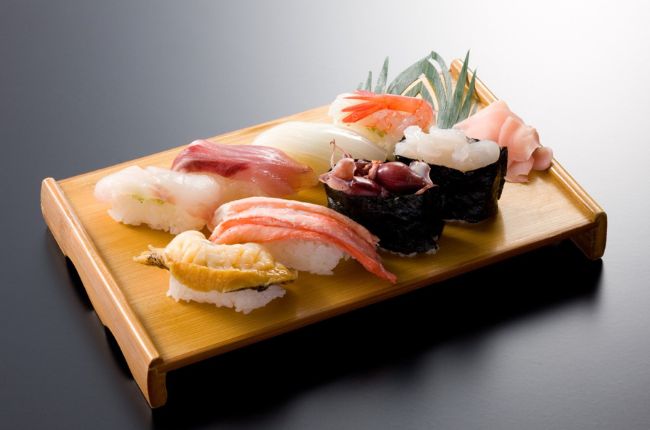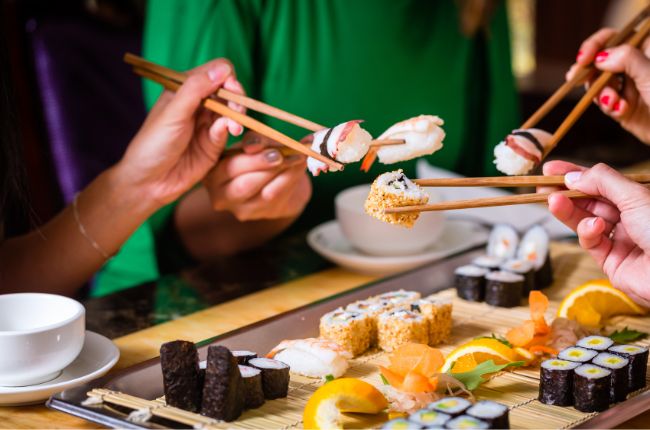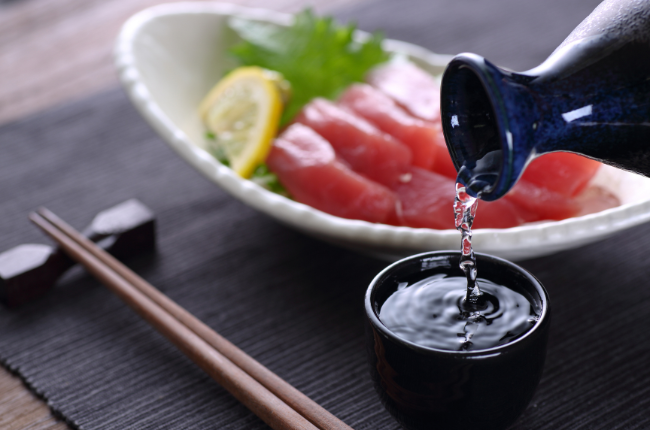A trip to Japan wouldn’t be complete without sampling authentic Japanese cuisine, from freshly-made sushi to traditional udon noodle dishes. When dining out in Japan, it’s important to understand all there is to know about Japan’s food culture and the etiquette that comes with it.
Locals in Japan love to dine out – and there’s a good reason for that! Japan’s rich heritage is steeped in culinary delights, and this is very much present today in every corner of the country. You’ll find flavoursome food for every budget on your travels, and dietary preferences are widely catered for too.
In this guide, we explore all there is to know about Japan’s food culture ahead of your tour of Japan.
Japanese Dining Culture: An Overview
When visiting a new country, embracing the dining culture like a local is often at the top of many travellers’ lists. That’s why we tailor our tours to ensure travellers get to sample the most authentic cuisine on offer. On our very best of Japan tour, we include unmissable culinary experiences throughout, from sampling a sushi-making lunch in Tokyo and a soba noodle-making lunch en route to Takayama at Matsumoto.
When dining out in Japan, here are a few fun facts you should know.
- Locals typically eat breakfast between 6:00-7:00, lunch from 12:00-13:00 and dinner from 18:00-20:00.
- Many restaurants display replicas of their dishes near the entrance, which is a great way to see what kind of food is on offer before entering.
- Restaurants greet guests with “irasshaimase”, which translates as “welcome, please come in!” There’s no need to respond, although a gentle nod (casual bow) would suffice.
- Low tables with cushions are common throughout Japan, also known as zashiki.
- Complimentary water and tea is common at most restaurants in Japan. If you aren’t served this upon arrival, look for a self-service water station.
- There are a few etiquette rules to follow too, such as where to display your chopsticks, but we’ve touched on these in more detail below.
Japanese Dining Etiquette 101
Tipping in Japan
Japan is one of few countries in the world where tipping is not expected. In fact, tipping in Japan can often be seen as rude and many restaurants interpret it as an insult. Instead, you can simply say arigato gozaimasu (thank you) to your server.
There is one instance where tipping in Japan might be appropriate, and that is after a private dinner with a geisha. If you’d like to tip a geisha, simply present her with a tip inside an envelope.
Chopstick Etiquette
The Japanese take their chopstick etiquette seriously, so here are a few rules to follow when dining out in Japan.
- Never rub your chopsticks together.
- Don’t pass food between chopsticks.
- Do not stab chopsticks into your food.
- Always place your chopsticks down neatly by the side of your plate or bowl, never cross them on or in the bowl.
- Don’t take food from a sharing plate with your used chopsticks. Instead, use a clean chopstick where possible or the opposite end of your chopsticks.
- And most importantly, never point with your chopsticks. This is regarded as bad manners, much like pointing with your finger.
Removing Your Shoes
Taking off your shoes is standard practice in zashiki and horigotatsu restaurants (those with an opening in the floor to put your legs). However, less traditional restaurants won’t expect you to take off your shoes. Check ahead or ask your Tour Guide if you’re travelling with us.
Low Tables & Using an Oshibori
Low tables are still quite common across Japan, particularly in traditional restaurants. You might find some restaurants have a combination of low tables and western-style tables. Remember to always remove your shoes and never stand on cushions when sitting at low tables.
You’ll also find Oshibori, a wet hand towel, commonly served in many japanese restaurants, bars and even the Shinkansen train. This is a cleansing tradition that dates back to the Edo period. When presented with an Oshibori, you can use it to wipe your hands before, during or after your meal in Japan.
Other Things You Should Know
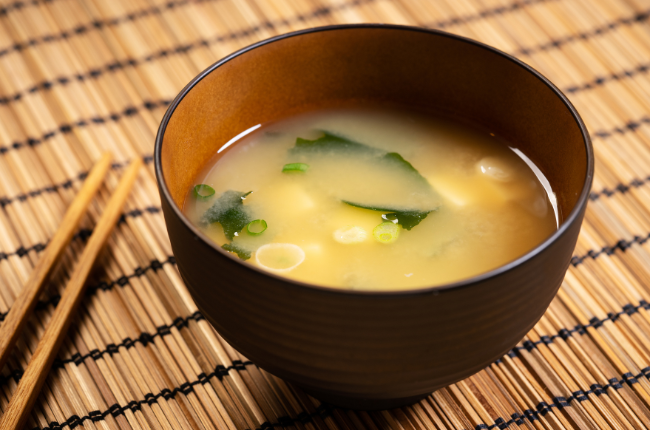
In Japan, you should only take a sip of your drink when the rest of the table has received their drinks. It’s also customary to refill your friends alcoholic drinks when empty.
When it comes to miso soup, you should drink it from the bowl as if it were a cup of tea! However, a spoon is usually provided for noodle soups.
It’s also important to never waste soy sauce. Simply pour a small amount into the dish provided and dip your sushi. With gunkan sushi however, you should pour the soy sauce over the sushi.
And finally, when it comes to separating large food items (such as tofu), you should do so with your chopsticks and eat in smaller pieces.
Michelin-Starred Restaurants in Japan
Perhaps due to its finely crafted cuisine, creativity and historical traditions, Japan holds more Michelin stars than any other country. Tokyo holds the prestigious award domestically, with 12 world-renowned, Michelin-starred restaurants in the city. During your tour of Japan with Distant Journeys, why not enjoy a Michelin star restaurant on one of many Freedom Days? Here are some of our favourites in Tokyo, Kyoto and Osaka.
Miyamaso, Kyoto
Miyamaso is a traditional Japanese restaurant in Sayko-ku, Kyoto, that holds two prestigious Michelin stars. Situated in the remote village of Hanase, close to Bujoji Temple, this excellent restaurant is well worth the trip. The secret to its success? Freshly picked herbs, vegetables and flowers from fields and hills nearby.
Menson RAGE, Tokyo
When it comes to Japanese cuisine, there are few dishes as famous as ramen. Menson RAGE (named after an American rock band) is an affordable Michelin star restaurant in Tokyo that’s famed for its signature Shamo Soba, a ramen prepared with game fowl. IWe recommend trying their weekly special ramen!
Sushi Marumine, Osaka
Described by the Michelin Guide as a ‘fish connoisseur’, the owner once trained as a sushi chef after working as a fishmonger. Expect seasonal fish, sashimi, grilled dishes and nitsuke. You can even order a single piece of nigiri, if you like.
Ishibashi, Tokyo
One for a special occasion, Ishibashi is a traditional Japanese restaurant serving caramel-coloured unagi (freshwater eel). The restaurant has been following strict traditions since it was founded in 1910 – that’s over four generations! You can find Ishibashi in the Bunkyō district of Tokyo.
Popular Chain Restaurants in Japan
If you’re looking to explore authentic Japanese cuisine, we recommend heading off the beaten path when it comes to dining out. However, there’s always time to try a popular chain restaurant or two, particularly for a quick bite to eat. The best chain restaurants in Japan include CoCo Ichibanya, Gyu-Kaku and Yoshinoya.
Is Japan Halal-Friendly?
When it comes to Halal dining, you won’t be short of options in Japan. Japan is incredibly Halal-friendly, with Tokyo being home to a wealth of options. For an authentic ramen experience, we recommend a trip to Asakusa Naritaya in Tokyo. Ayam-Ya Okachimachi also offers Halal-friedly ramen, while Asakusa Sushiken is popular with those looking for Halal sushi options. We can always advise on Halal-friendly dining on our tours of Japan.
Vegan Food Culture in Japan
Plant-based dining might not be the first thing you think of when it comes to Japanese cuisine, but the country is amongst some of the best in the world when it comes to vegan food. Here are a few of our favourites!
Saido – A vegan restaurant in Jiyugaoka, Tokyo. Saido focuses on traditional Japanese dishes – but vegan! Choices include katsu, soba noodles, and even vegan eel.
Bon – A Japanese restaurant serving traditional vegetarian cuisine inspired by Buddhist monks. You’ll find it tucked away in the Taito City district of Tokyo, disguised as a traditional Japanese house.
Tudore Tranquility – Although vegetarian, this award-winning restaurant in the Yoyogi Park area of Tokyo offers an abundance of vegan options. Their creative menu combines a mixture of flavours from across Japan and Asia. There’s even an 8-course dinner menu ideal for a special occasion.
Sample the Many Flavours of Japan
Japan certainly has a lot to offer when it comes to eating out. There truly is something for every taste bud and every budget – but don’t forget to follow Japanese dining etiquette when dining out.
On our 20-day Very Best of Japan Tour, many incredible dining experiences are included within the tour, such as a traditional Geisha dinner and performance in Kyoto. You’ll also enjoy several Freedom Days to explore selected cities at your own pace, perhaps sampling a Michelin-starred restaurant or two along the way. Will you join us to sample the culinary highlights of Japan?
